The South Australian History Fund (SAHF) and Community Museums Program (CMP) grant funds are now open! These funds provide a rare source of financial support for history and museum projects. A diverse range of organisations and individuals have received grants from these funds over many years. For the first time this year you can apply online or you can request a copy of the grant form from us or download the pdf from this site.
South Australian History Fund (SAHF)
The SAHF provides funding for small history projects, publications and research projects. Grants up to $2,000 for projects, $3,000 for publications and $5,000 for research are available. Applications for all categories are invited from incorporated South Australian historical societies, National Trust branches, community history museums, local councils and voluntary organisations. Individual historians may also apply for publication grants and research grants. Applications for research grants are also invited from professional historians, tertiary institutions or other organisations.
Community Museums Program (CMP)
The CMP grant fund is specifically for museums that are registered or accredited in History SA’s Community Museums Program. It provides funding for displays, collection management and conservation projects. Grants awarded can range from a few hundred dollars for simple collection management activities to $20,000 for large exhibition or other interpretive projects.
Check the guidelines for each fund to find out the application details and closing dates for applications. Applicants are very welcome to contact history SA’s Community History Officers, Amanda James and Pauline Cockrill, to discuss potential projects and get advice and assistance with putting in an application.
For more information about the South Australian History Fund or the Community Museums Program grant fund or to apply online, visit the Grants section on this site.


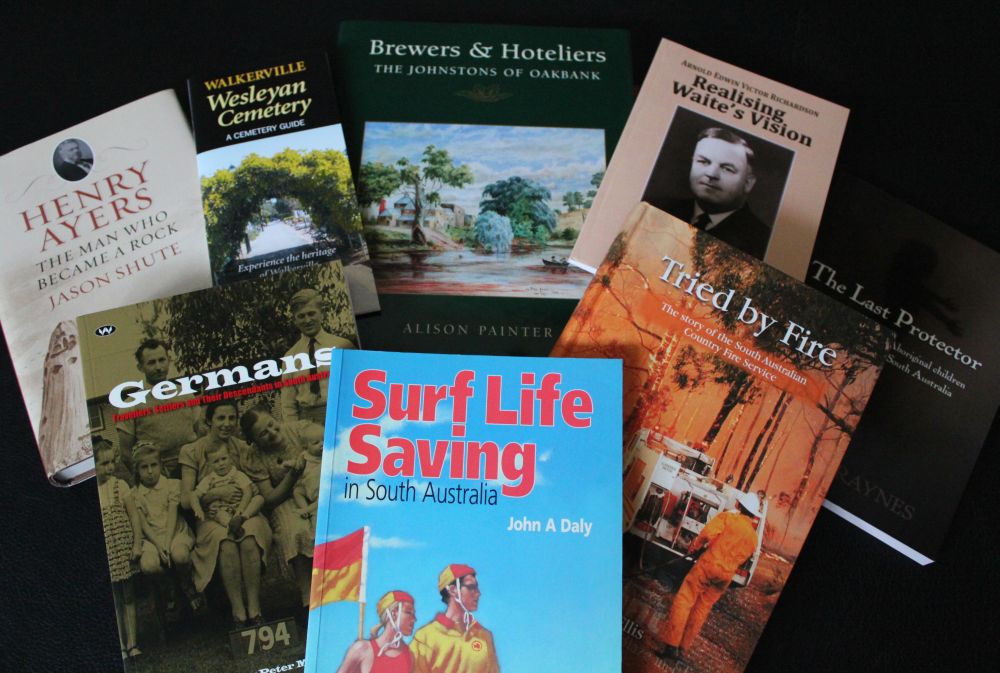

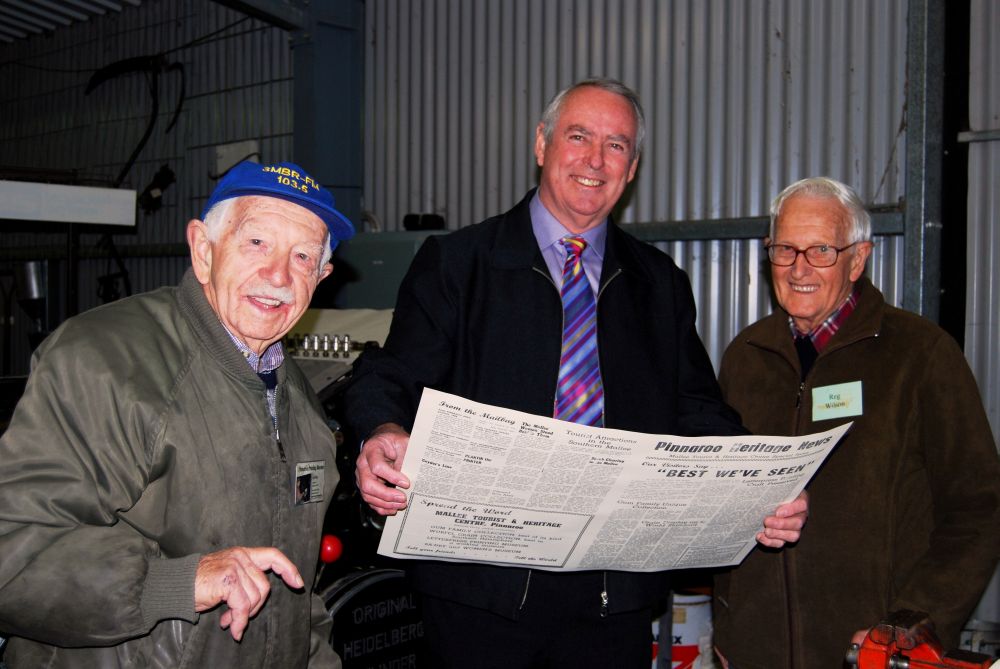
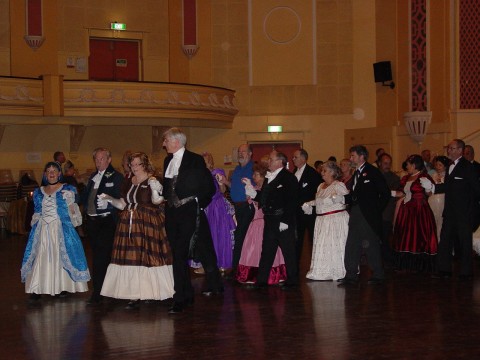
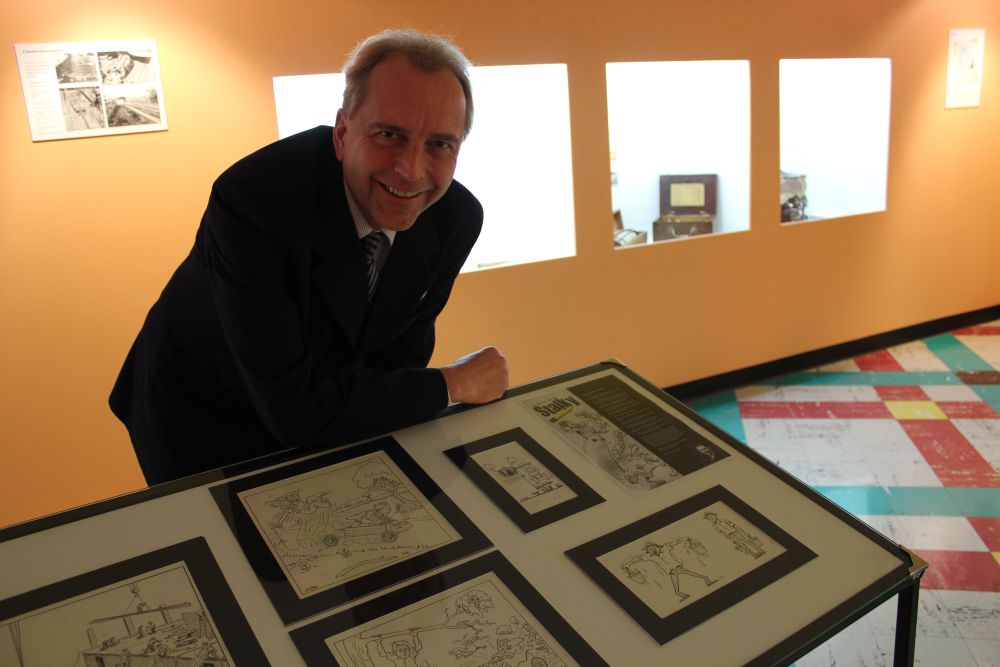

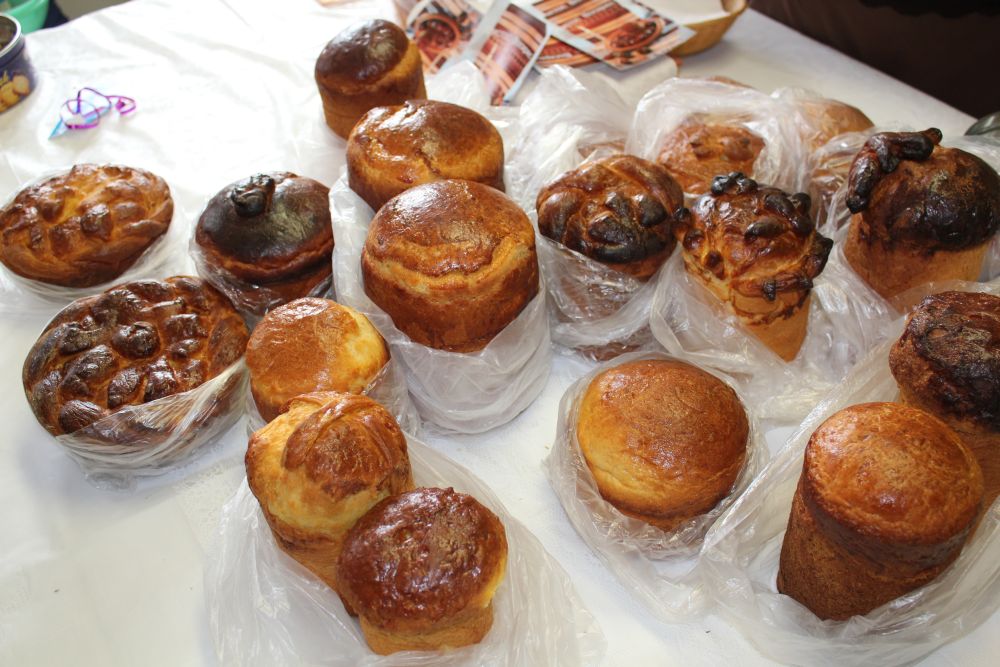
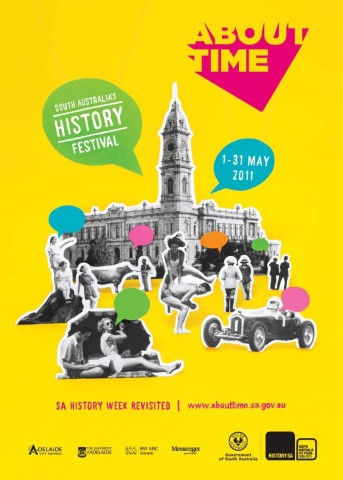
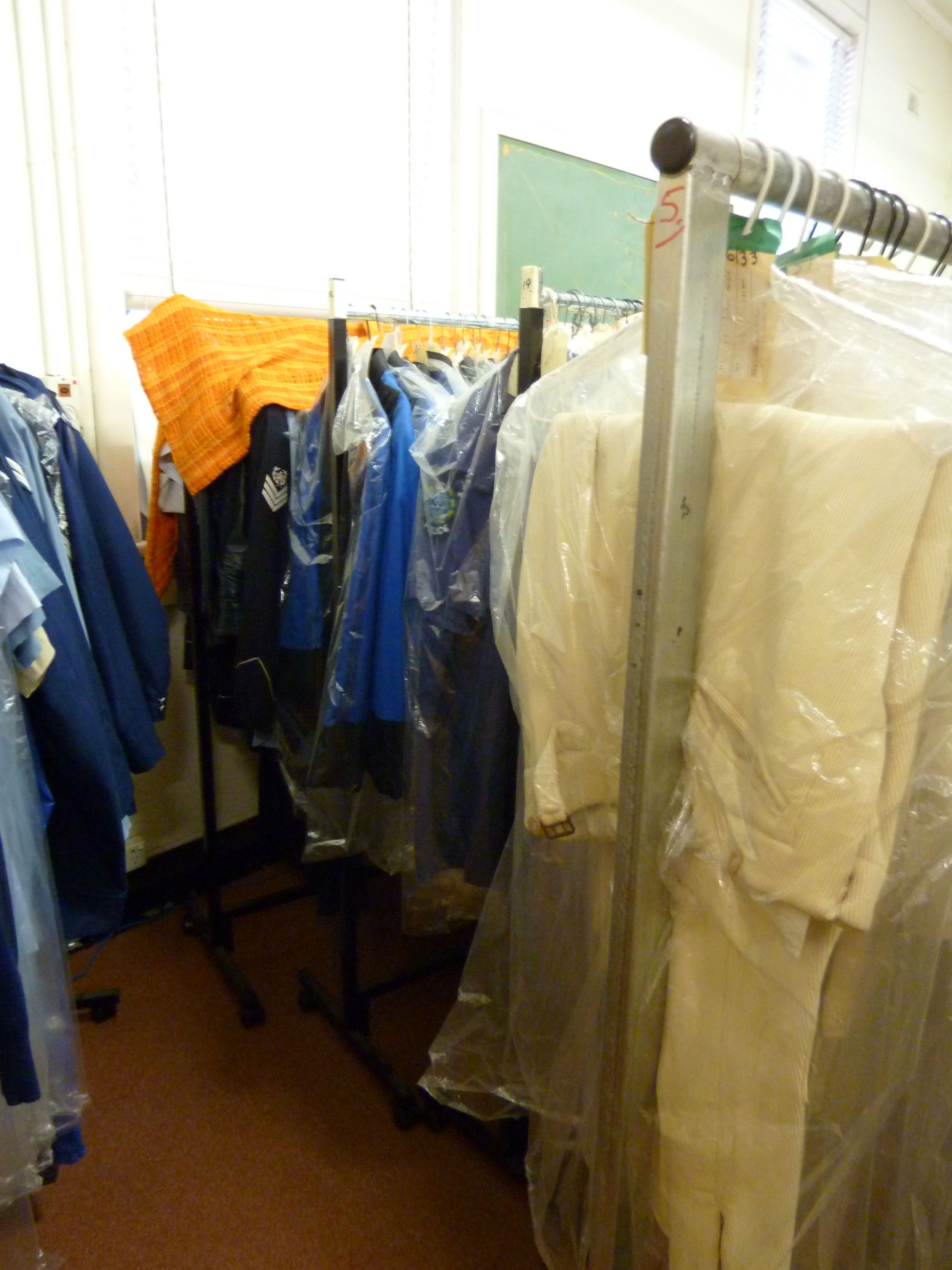
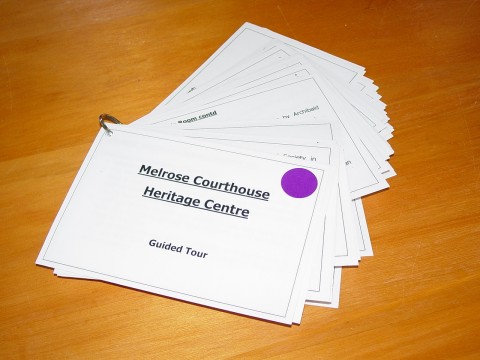
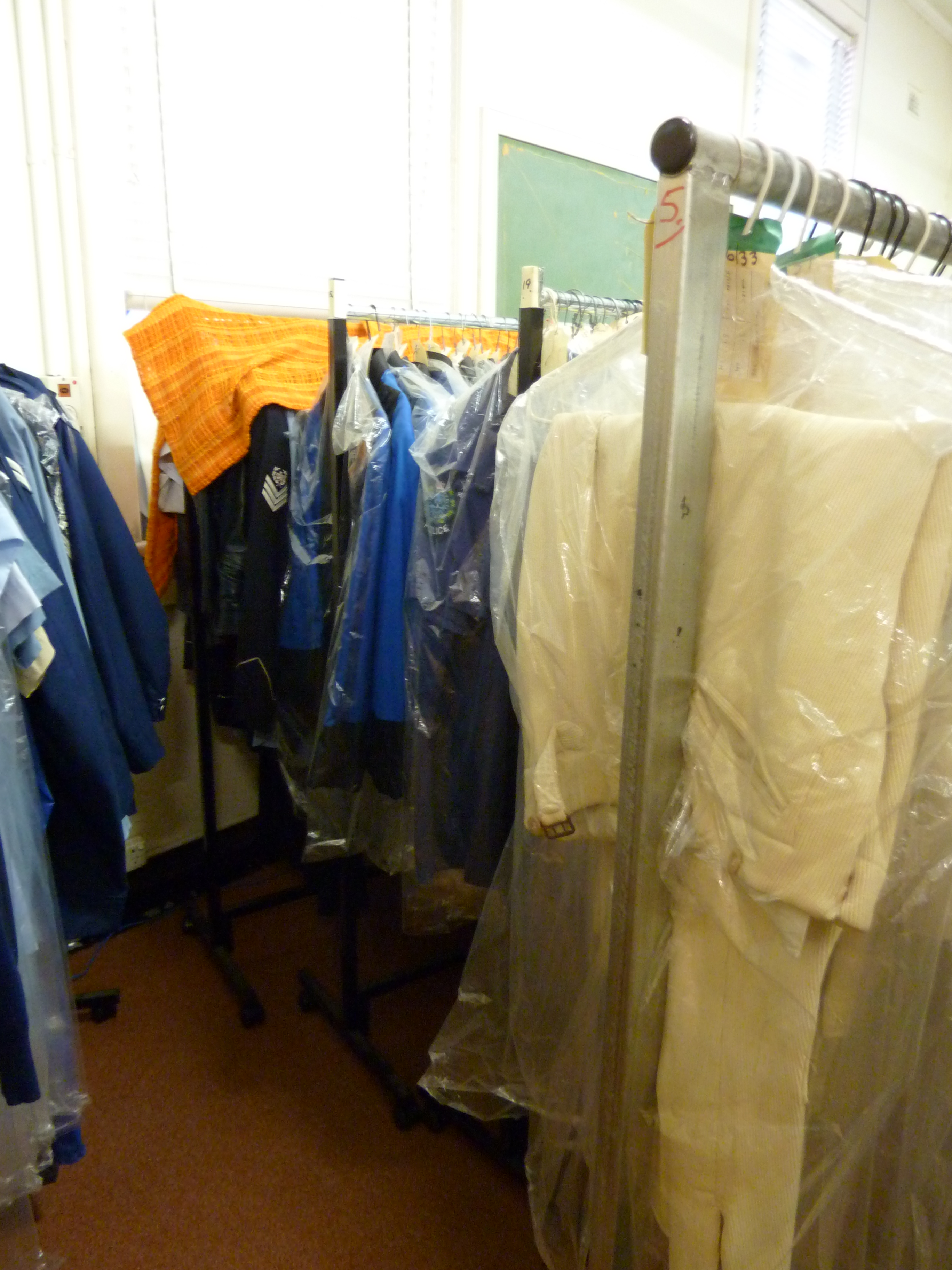
Recent Comments